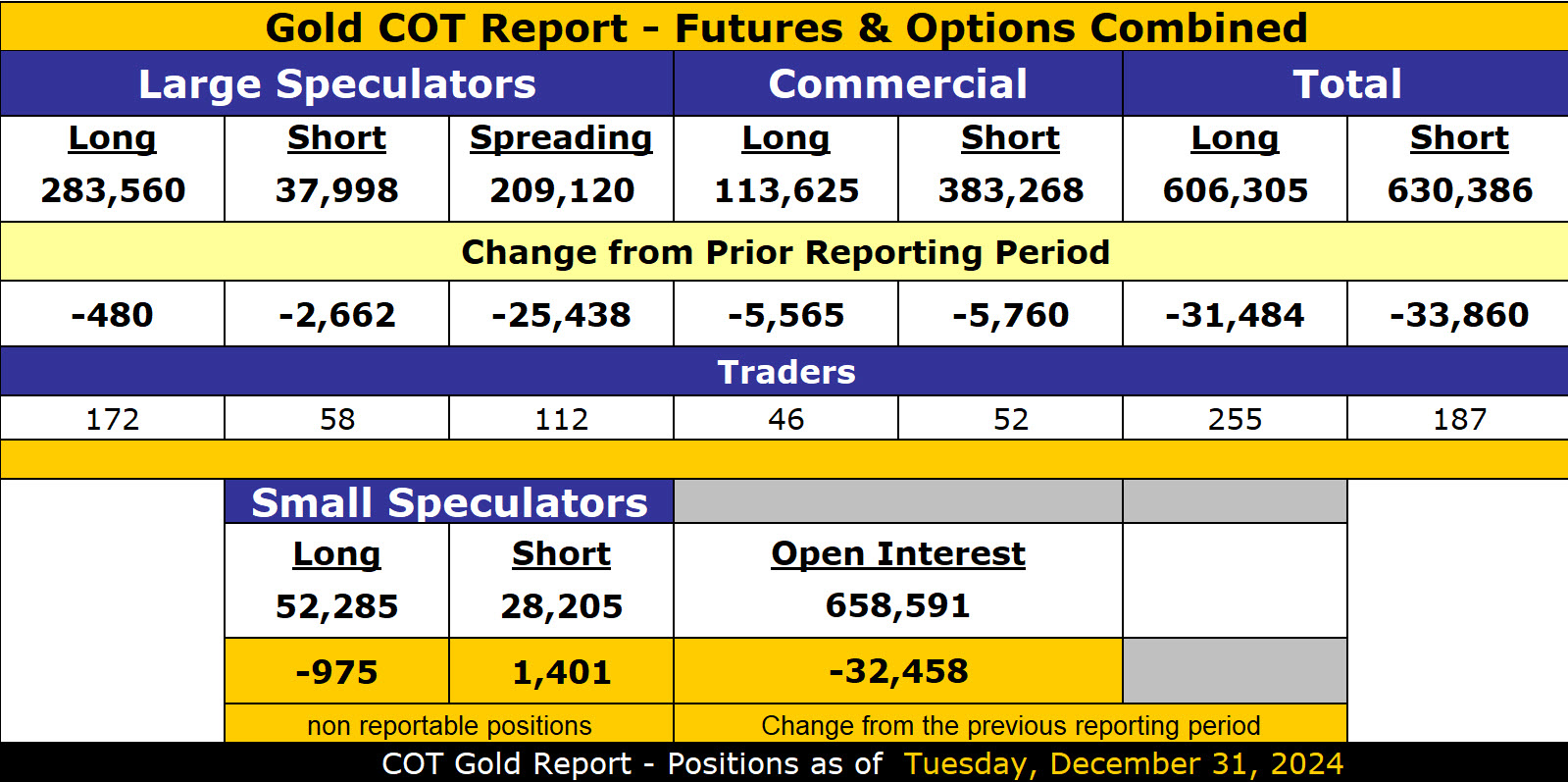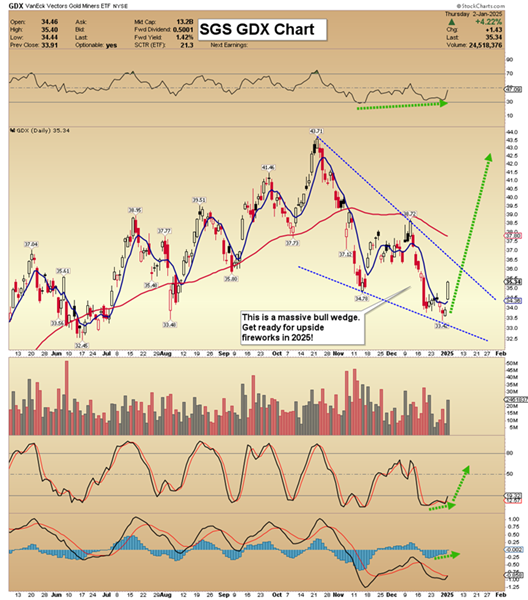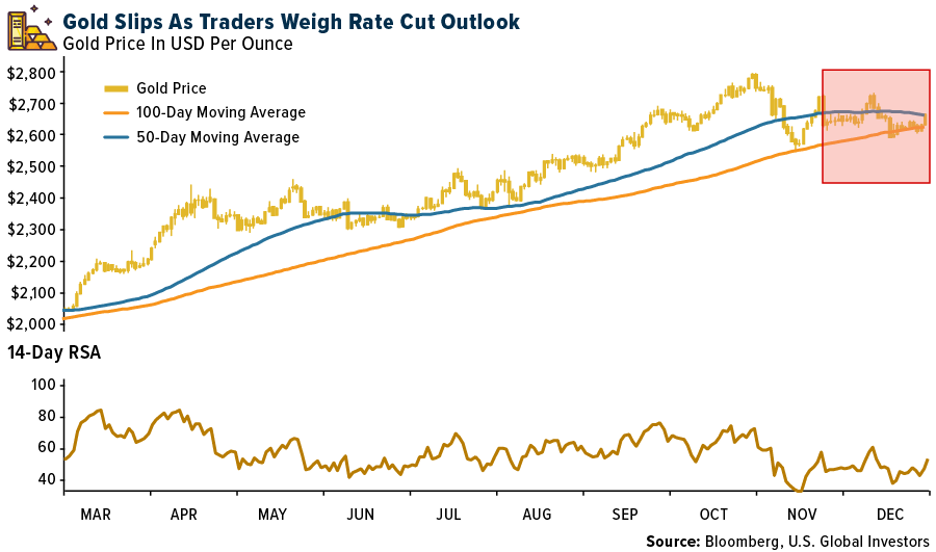Russian businesses are using gold to pay Chinese suppliers as a way to skirt economic sanctions.
According to the Russian website Russia’s Pivot to Asia, Russian businesses are buying physical gold in Russia and then transporting it to Hong Kong via courier. There, the gold is sold, and the cash is deposited into the bank accounts of Chinese suppliers to pay for goods and services.
With their access to dollars cut off, Russian suppliers have an alternative way to purchase supplies, and the process also shields Chinese banks from sanction threats.
Hong Kong is a free port and does not levy import duties on gold, and customs fees are minimal. According to Russia’s Pivot,
“The process avoids all use of the banking system except for the deposits into secured Chinese bank accounts.”
Hong Kong serves as a major Asian gold trading hub. Gold imports into the city totaled around $16 billion in 2023.
After Russia invaded Ukraine, the U.S. and other Western nations imposed strict sanctions on Russia, including locking the country out of the SWIFT payment system.
The Society for Worldwide Interbank Financial Telecommunications (SWIFT) system serves as the global economy’s superhighway. In effect, it operates as a global financial messaging service, facilitating cross-border payments. Since the dollar is the world reserve currency, SWIFT effectively facilitates an international dollar system.
The United States has taken advantage of its privilege as the issuer of the world’s reserve currency, in effect, weaponizing the dollar for use as a foreign policy tool.
Without access to the SWIFT system, Russia has had to find workarounds to keep its economy going. Gold serves as the perfect alternative because it is money that other parties don’t control. In other words, using gold minimizes counterparty risk. While the U.S. can freeze dollar assets and lock other countries out of the dollar trading system, it has little or no control over the movement of physical gold.
Russia ranks as the world’s second-largest gold producer. The country also added a significant amount of the yellow metal to its central bank reserves in the years before the invasion of Ukraine.
Russia’s use of gold to facilitate business transactions takes de-dollarization to the next level.
As Nassim Taleb recently pointed out, global transactions are still generally labeled in dollars “as an anchor currency,” but central banks are increasingly storing their wealth in gold. In other words, the dollar still serves as the primary medium of exchange, but more and more countries are turning to gold as a store of value. This is evidenced by record central bank gold buying over the last several years.
By using gold as money in business transactions, Russia shows that the dollar isn’t even necessary as a medium of exchange.
This isn’t to say the dollar is in imminent danger of losing its status as the reserve currency, but its strength is certainly being undermined. Other countries have watched how the U.S. has aggressively used the dollar, and they are naturally wary. This is why so many countries are diversifying away from the greenback and putting more of their reserves in gold.
Read the full article here












Leave a Reply